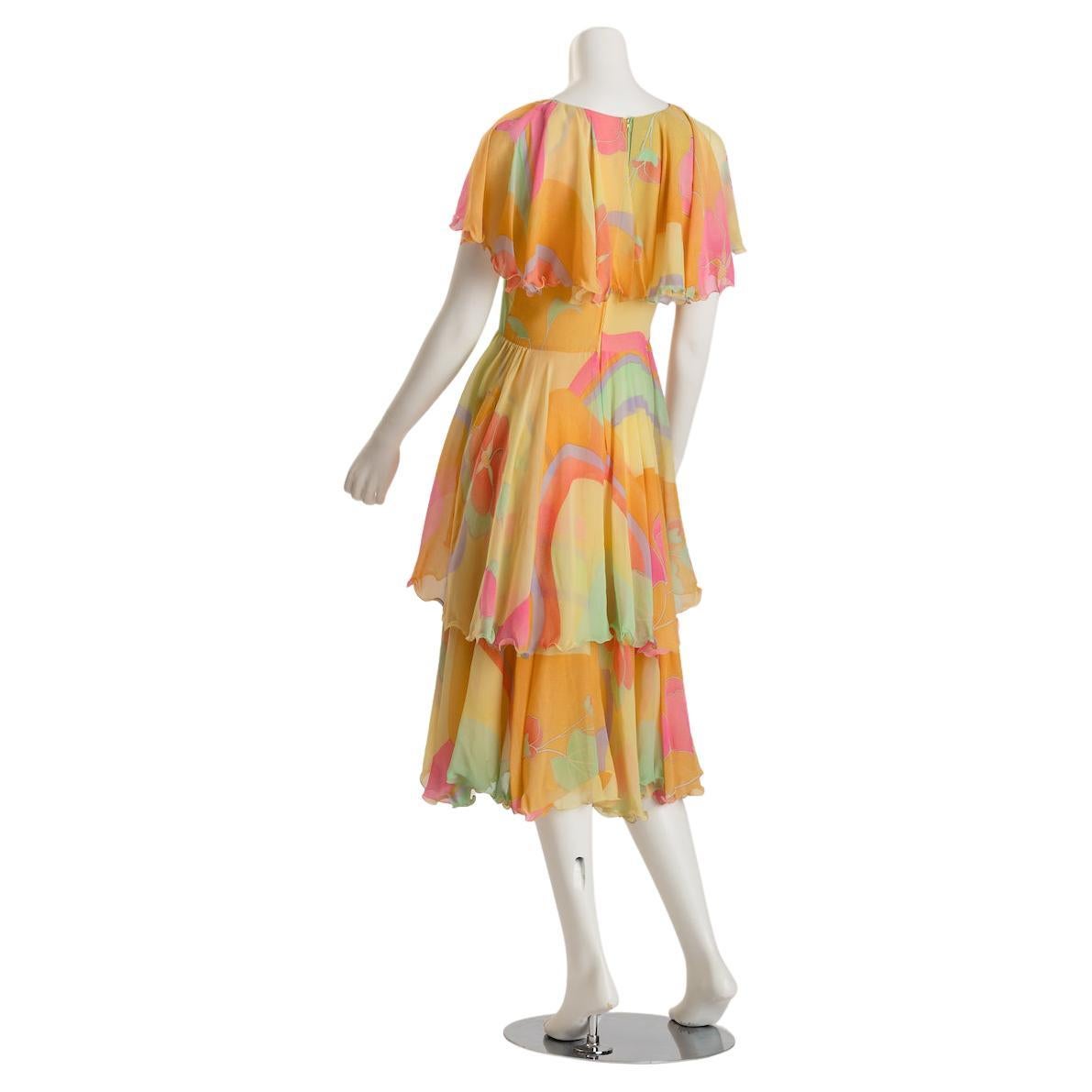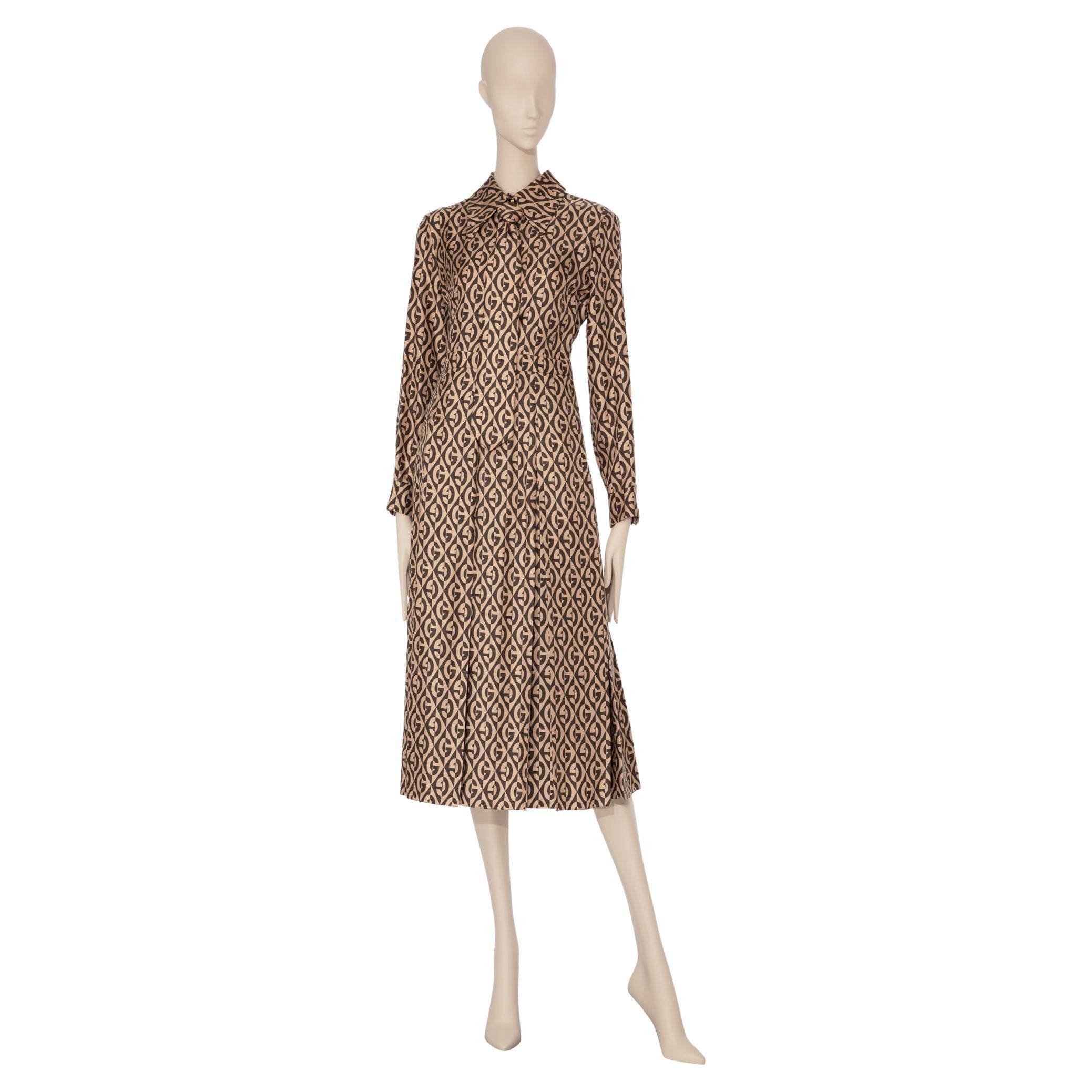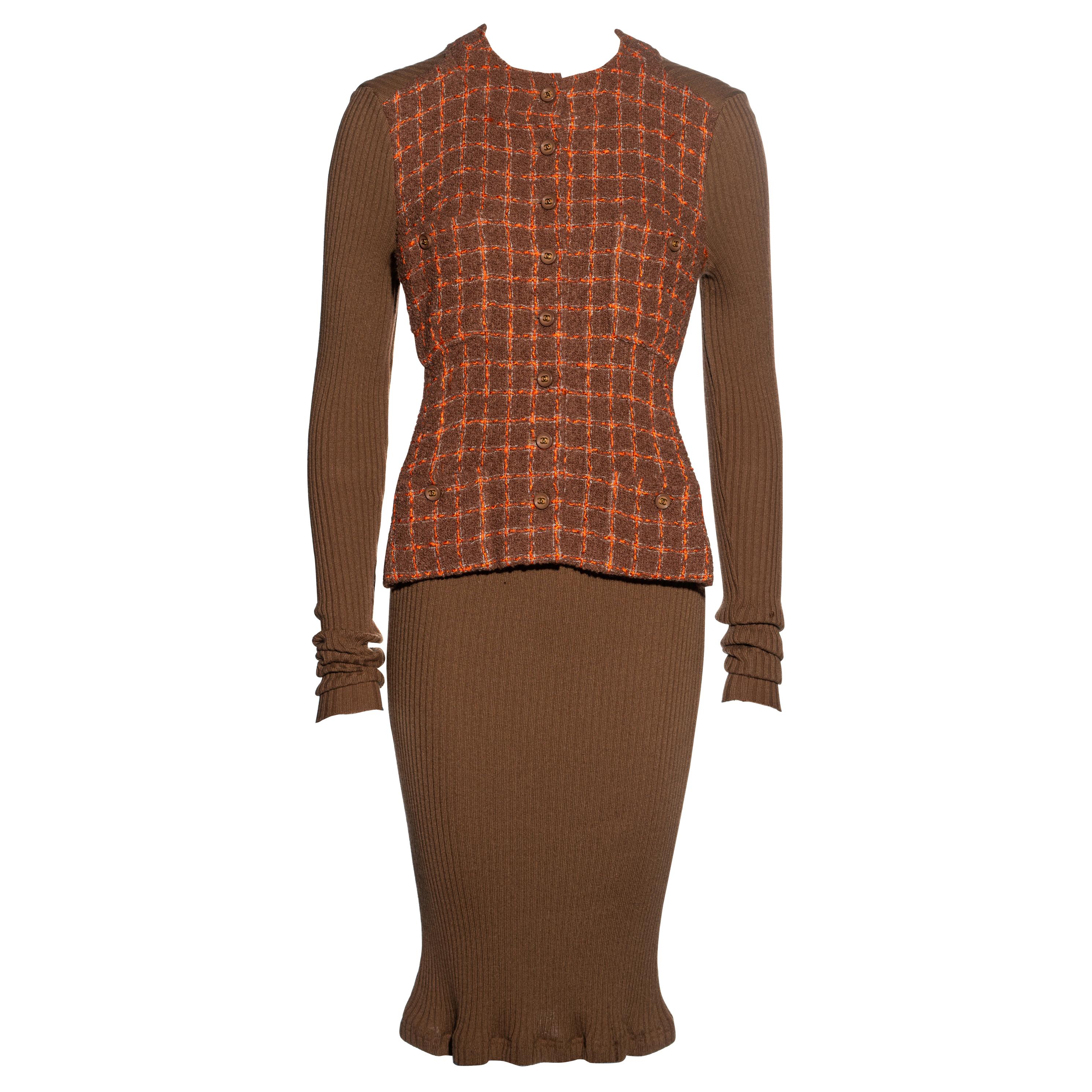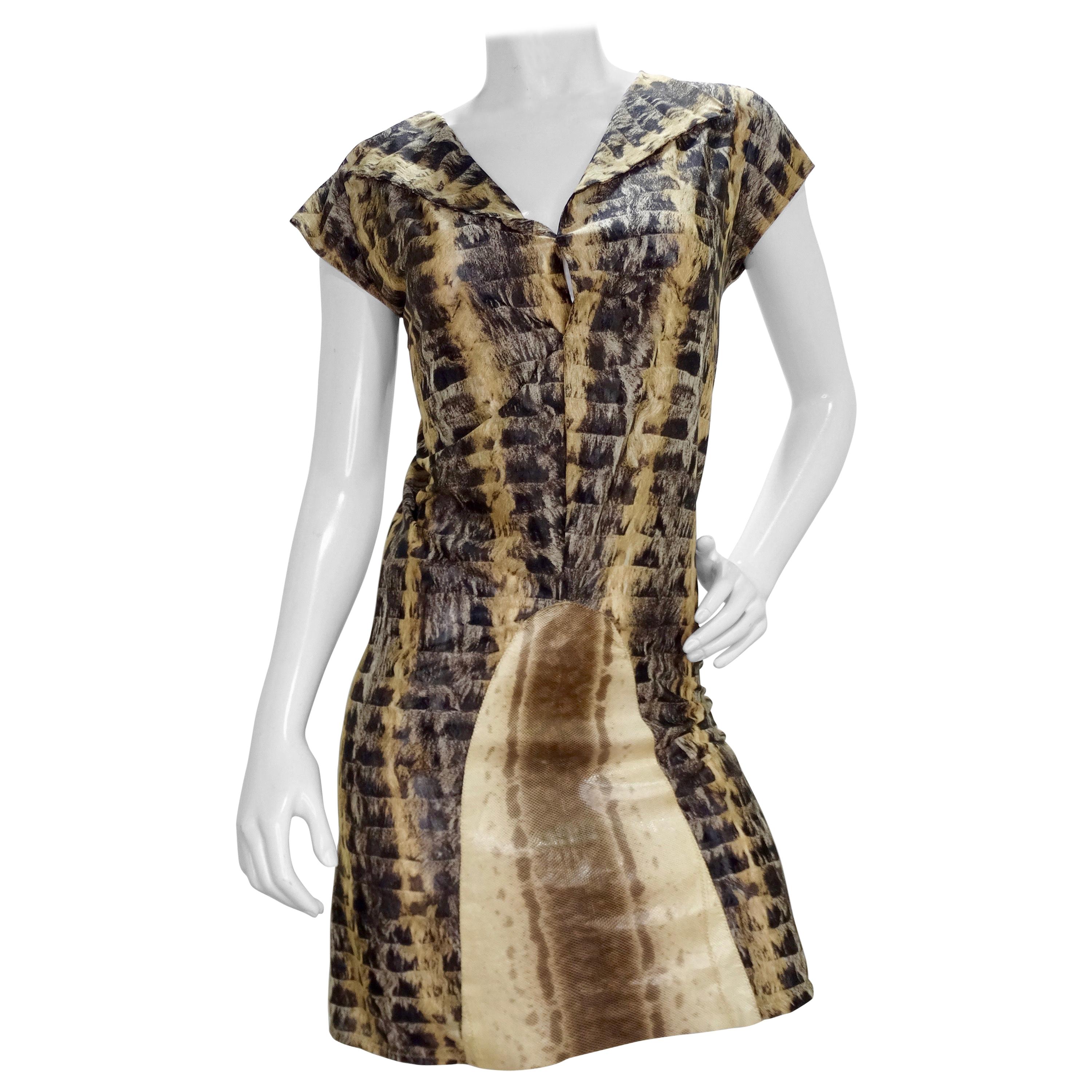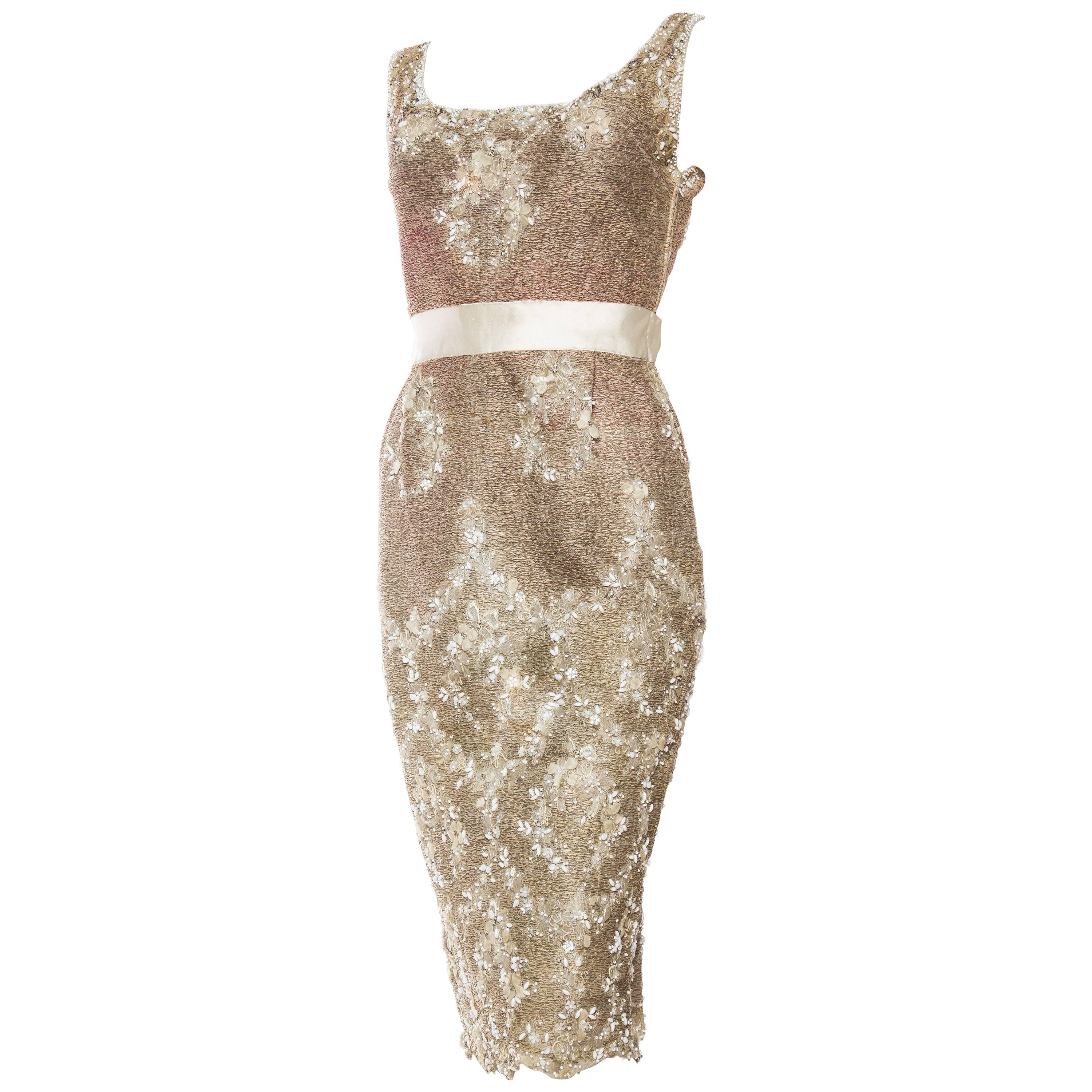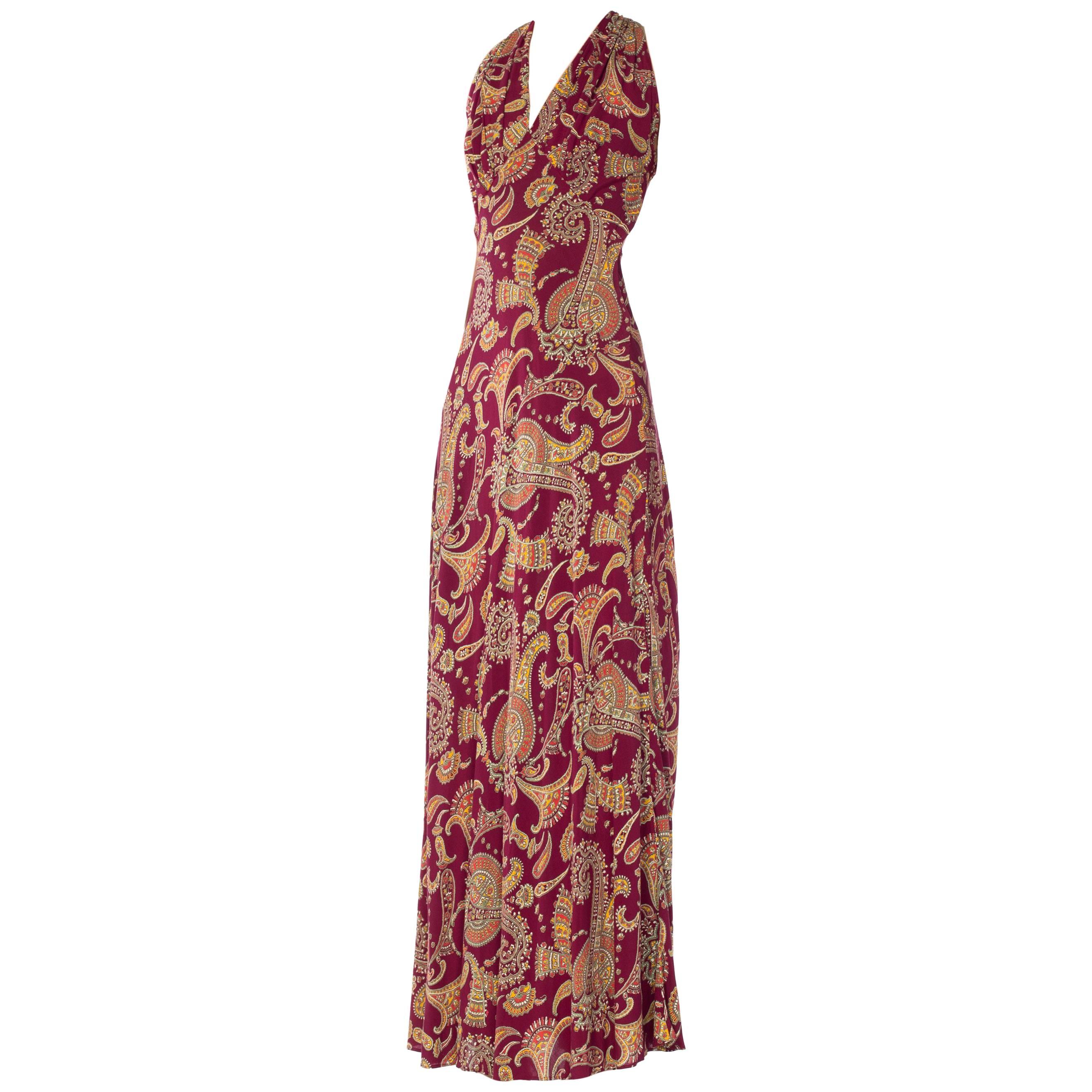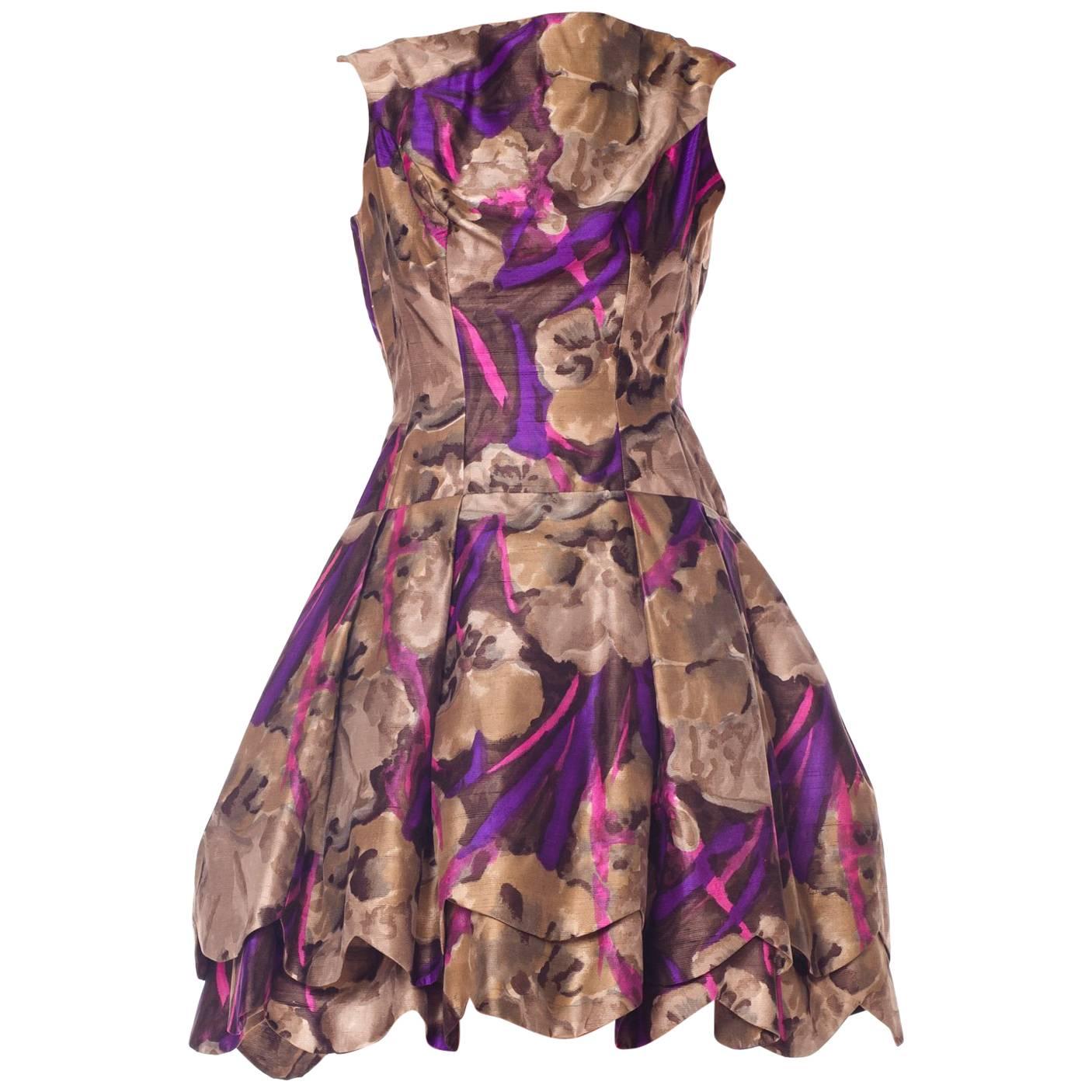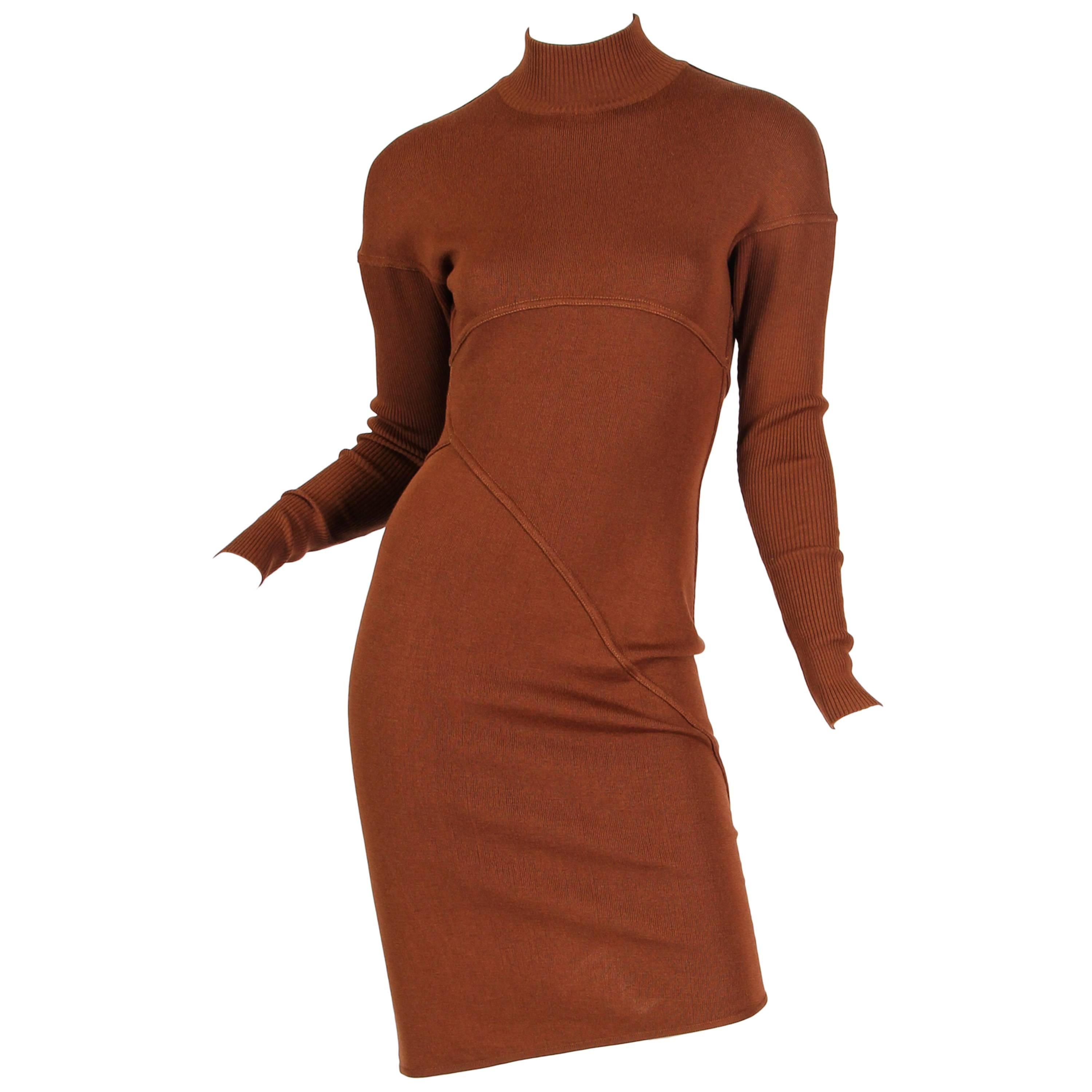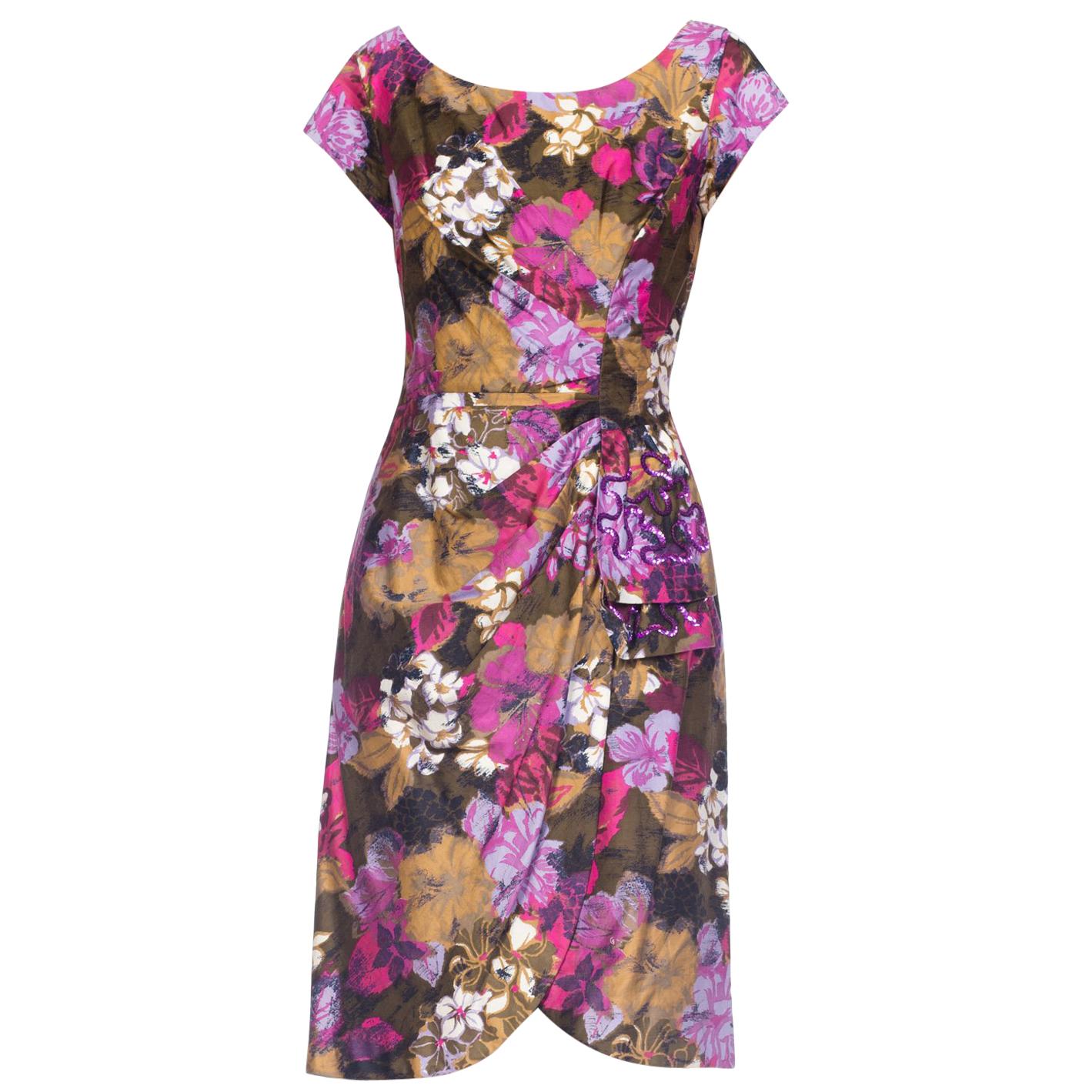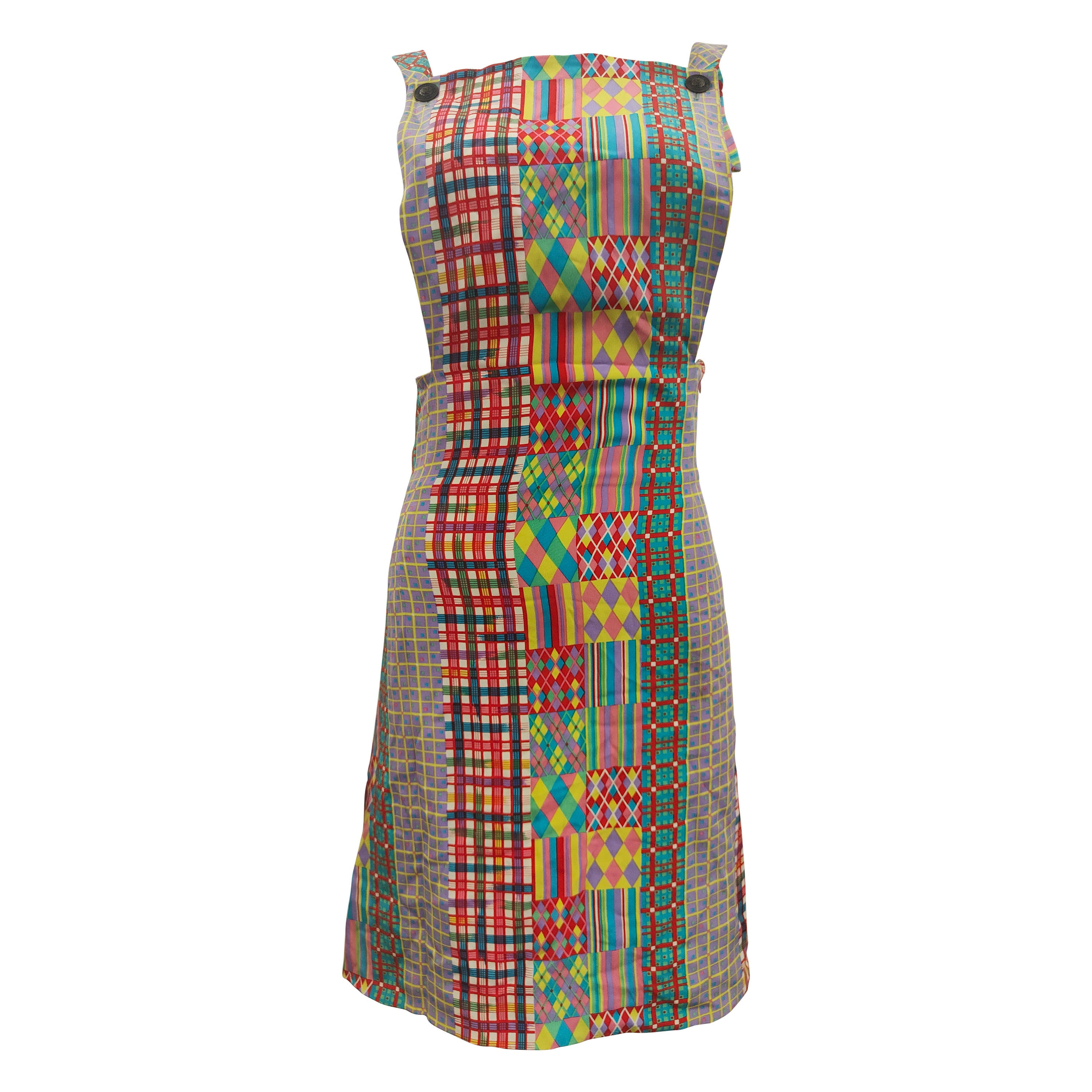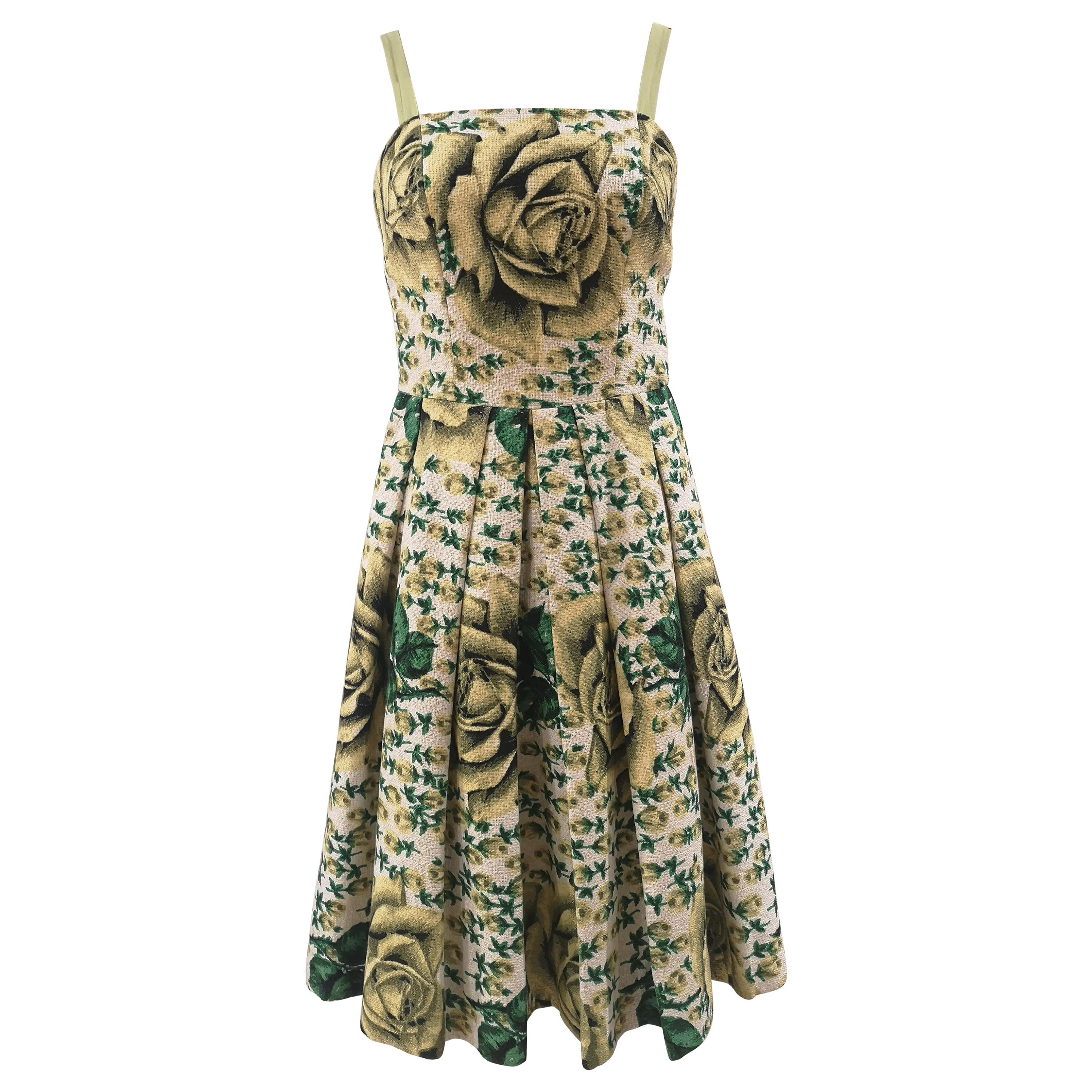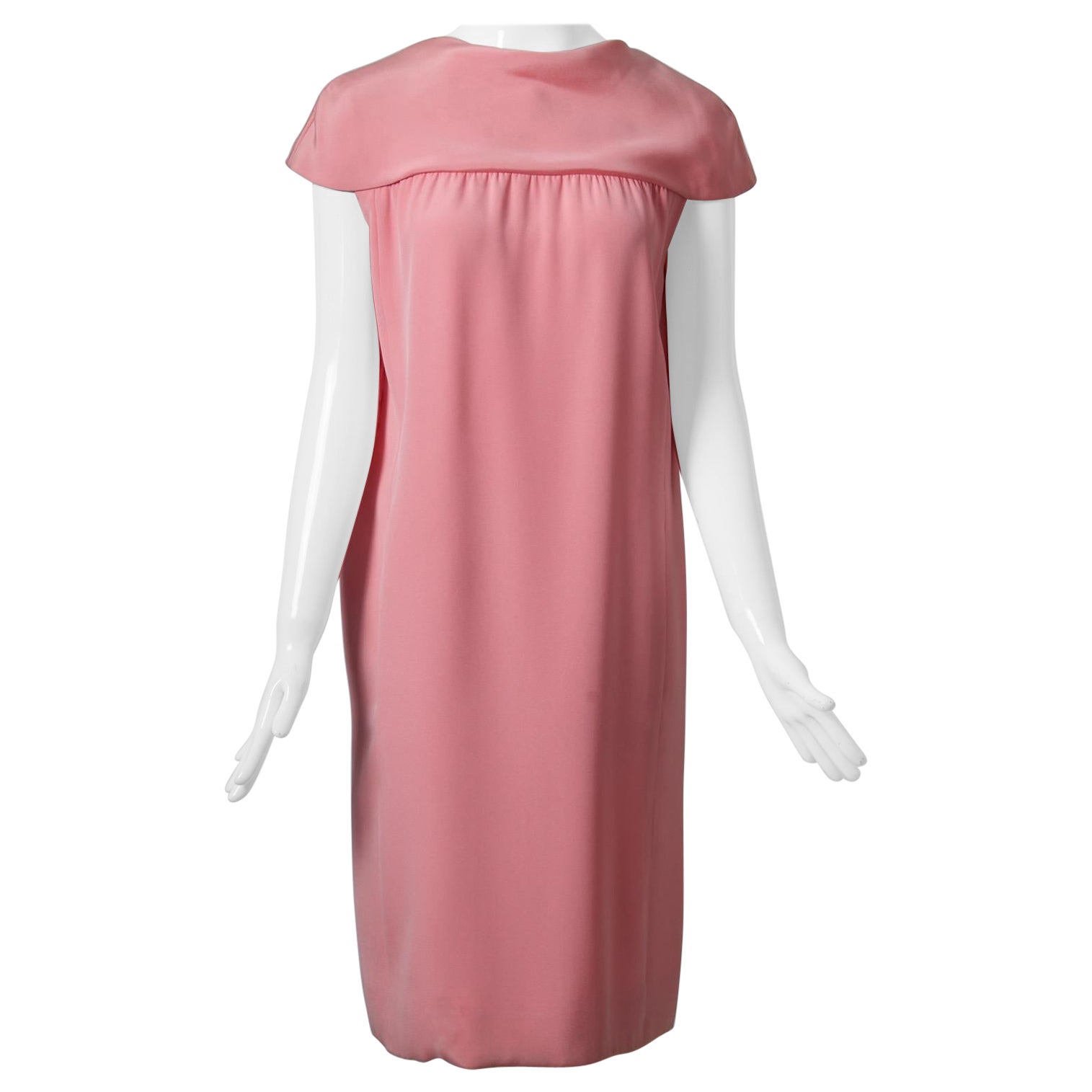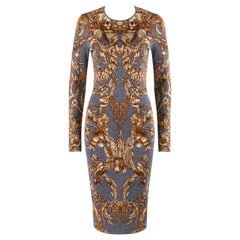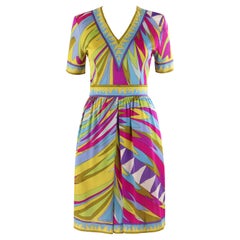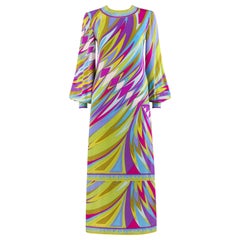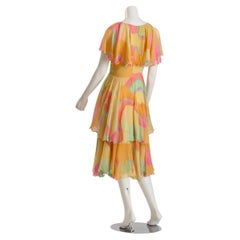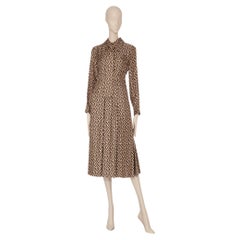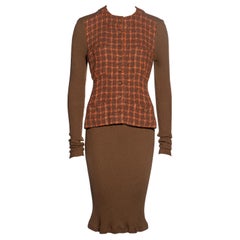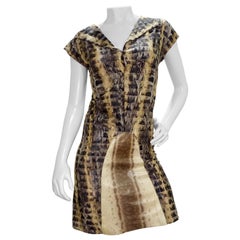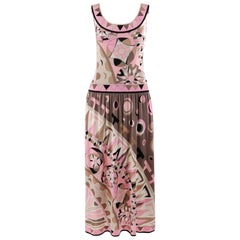
EMILIO PUCCI c.1960's Circular Op Art Signature Print Silk Drop Waist Maxi Dress
View Similar Items
EMILIO PUCCI c.1960's Circular Op Art Signature Print Silk Drop Waist Maxi Dress
About the Item
- Designer:
- Brand:
- Place of Origin:
- Period:
- Condition:Wear consistent with age and use. B (see guide). Very faint scattered spots to bottom front hem. Please refer to photos provided.
- Seller Location:Thiensville, WI
- Reference Number:Seller: El: 013948_1/W/E1stDibs: LU54139341662
Emilio Pucci
By the mid-1960s, the international fashion press, enamored of his dazzling scarves and slithery dresses in sensuous psychedelic silk jersey, had dubbed Florentine designer Emilio Pucci the Prince of Prints. Less well known is that, starting in the early 1950s, Pucci applied his colorful, abstract patterns to static angular mediums such as ceramics, floors and furniture, imbuing them with movement, not to mention glamour. He was the first fashion designer to enter the lifestyle market, founding the successful brand that exists today.
Born in 1914 to one of Italy’s oldest noble families, Emilio Pucci, Marchese Pucci di Barsento, was a member of the postwar international jet set, hopping from beach to mountain to city. His fashion career began unexpectedly in 1947, when he created a revolutionary stretch ski outfit that was photographed on the Swiss slopes for Harper’s Bazaar.
Eschewing a life of aristocratic glamour, the self-taught Pucci opened a boutique on Capri dedicated to simple resort clothing (think capri pants) that evoked the Mediterranean’s undulating waves and refreshingly bright colors. At the time, luxury fashion was as constricted as a Dior cocktail dress, but the Swinging Sixties were on the horizon. Signed with what Vogue International editor Suzy Menkes calls a “handwritten ‘Emilio’ flourish” — a concept, she points out, as novel as that of designer ready-to-wear — his designs were soon seen on celebrities like Jackie Kennedy and Marilyn Monroe.
From the airline uniforms he created for Braniff in the 1960s to the emblem he crafted for the Apollo XV space mission in 1971, Pucci’s designs were visionary. In spite of his traditional roots (or because of them), the Prince of Prints was forward thinking and outward looking. Pucci put his signature flourish on patterns that were flexible — first for fashion, then for furnishings and objects. Whether on fabric or foam, shelves or sails, as he first explained some 70 years ago, the ornamental designs work in “continuous motion.” Venturing into nontraditional design partnerships, he laid the groundwork for a future brand, a classic legacy that his daughter Laudomia Pucci continues today.
Find vintage Emilio Pucci evening dresses, scarves, skirts and other clothing and accessories on 1stDibs.
More From This Seller
View All2010s Italian Sheath Dresses
1960s Sheath Dresses
1970s Sheath Dresses
1960s Italian Maxi Dresses
1960s Italian Shift Dresses
1970s Day Dresses
You May Also Like
Late 20th Century French Day Dresses
2010s Day Dresses
1990s French Day Dresses
1990s Italian Day Dresses
1950s American Day Dresses
1950s French Cocktail Dresses
Recently Viewed
View AllRead More
How Fashion Icon Emilio Pucci Became the Prince of Psychedelic Prints
The Italian design icon set the course for creating a comprehensive lifestyle brand.
The Best Ways to Dress for Your Astrological Sign
Makeup and astrology expert Linda Mason dispenses fashion advice for every zodiac sign. Does your wardrobe match your horoscope?
